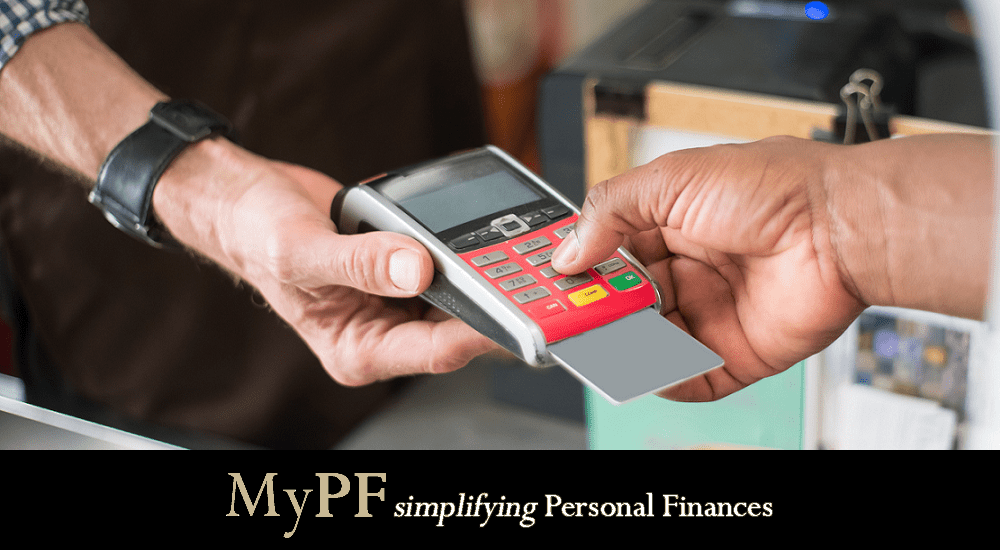The modernization of retail banking is right around the corner.
Since the start of the ecommerce boom of the 2010s, the once unassailable retail banks have come under intense competition from card providers and digital payment platforms. What’s more, the social distancing necessitated by the COVID-19 pandemic had only widened the market share of these alternative payment solutions.
The success of these payment alternatives has much to do with their speed and convenience, which has allowed them to get ahead in terms of customer experience. It’s now clear that retail banks need to offer more than just stability if they want to remain competitive.
Thankfully, elevating customer experiences is doable for most retail banks, particularly if they update their current banking system into a modern core banking platform. Updating banking platforms and redoing customer experience approaches may yet allow retail banks to not only compete with payment platforms but to outdo them at their own game.
Here are some ways retail banks could leverage new banking platforms to create outstanding customer experiences:
Contents
1. Continuously Improve Customer Experiences
Newer banking solutions are designed to harness big data through advanced artificial intelligence (AI) and machine learning (ML) technologies. This allows institutions full visibility of operations, customer journeys, and other things relevant for improving the overall customer experience. With an unimpeded view of customer preferences and pain points, retail banks can quickly improve customer-facing processes with confidence.
2. Offer Expanded Personalization
Current bank platforms can create more opportunities for customer-side customization. Once the bank’s customer data is integrated, customers will no longer need to go through convoluted processes to confirm their identity to the bank.
This means that banks can safely allow verified users of online customer accounts to perform a wide range of actions. For instance, expanded customization can be used to allow customers to buy bank products such as insurance and investment vehicles without needing to visit a bank branch or get assistance over the phone.
3. Rethink Brick-and-Mortar Locations
The rise of digital payments has forced the closure of many brick-and-mortar bank branches worldwide. This does not mean, however, that brick-and-mortar locations have nothing more to offer. Strategically located bank branches can still effectively function as financial product showrooms and education centers for customers. In addition to the usual transactions, these locations can offer value-added white-glove banking services that alternate payment services cannot yet offer.
4. Simplify Fraud Reporting and Issue Resolution
One area where alternate payment platforms managed to outdo banks in previous years is their simplified issue resolution process. They demonstrated that there were ways to resolve serious payment issues in minutes rather than weeks, as was often typical with banks a generation ago.
Today’s banking platforms bring similar levels of speed and convenience to retail bank customers. This is a very important development, as incidences of payment fraud have risen sharply since the start of the 2020s. Having platforms that speed up fraud reporting and issue resolution will not only be beneficial for the customer experience, but it may help shield retail banks from malicious activity as well.
6. Provide Multiple Linked Communications Channels
Customers can now interact with banks through a variety of different communications channels, including phone, SMS, onsite chat, social media, and email. The more channels are available, the more convenient things are for customers. However, the system should be set up so that customers have a seamless experience when switching between different communications channels.
Having linked channels is important as it allows banks to have a unified picture of each customer. This prevents the siloing of customer data that often creates delays and system redundancies. In turn, customers can perceive much shorter waiting times and an overall better experience. Additionally, an omnichannel communications process lets banks gather more comprehensive and better-contextualized customer data, which could then be used to deliver better, more customized services.
7. Create Smoother Experiences through Automation
Current banking solutions offer even more automation solutions than previous generations of software. Not only is implementing an automation script generally easier on new platforms, but many scripts could also use more powerful AI and ML capabilities. Rather than just creating simple scripts that choose between predetermined paths, more complex automation conditions can now be made, including ones that take over steps that used to require a human decision-maker’s input.
From the customer perspective, this means actions that used to take days could now be done in minutes. For example, loan applications in a few retail banks are already being streamlined through AI, shortening approval times dramatically. Areas such as marketing, customer service, and fraud detection are already being automated by older generations of software, with new iterations promising banks even more powerful capabilities.
Rethink Retail Banking with a More Modern Banking Platform
Thanks to developments in finance software, retail banks finally have a way to directly compete with today’s most popular alternative financial service providers. New banking platforms promise to give banks the means to improve the customer experience to new heights, offering these institutions a way to stay relevant in the age of ecommerce and digital payments.
What are your thoughts on banking services today?












Leave A Comment